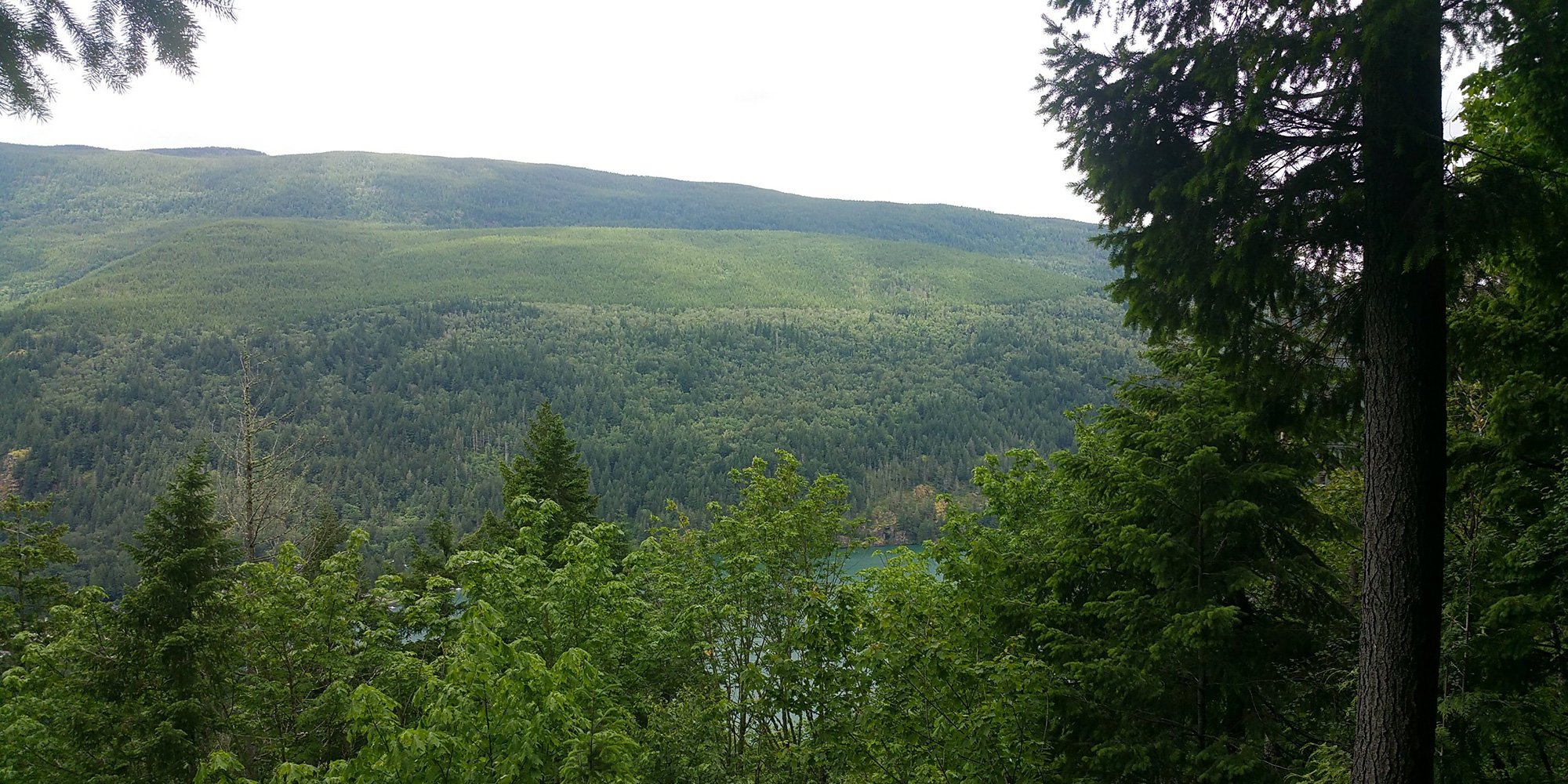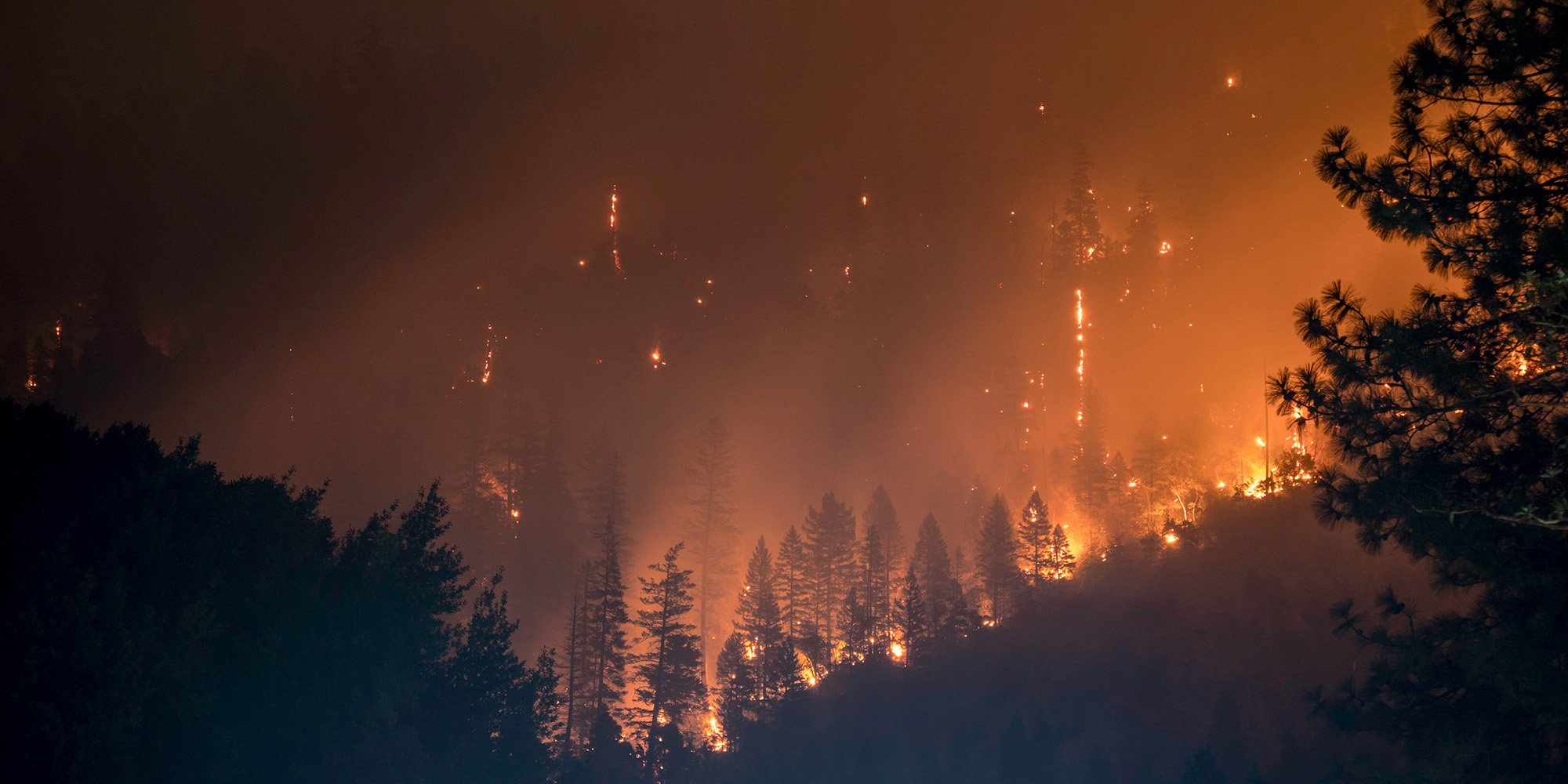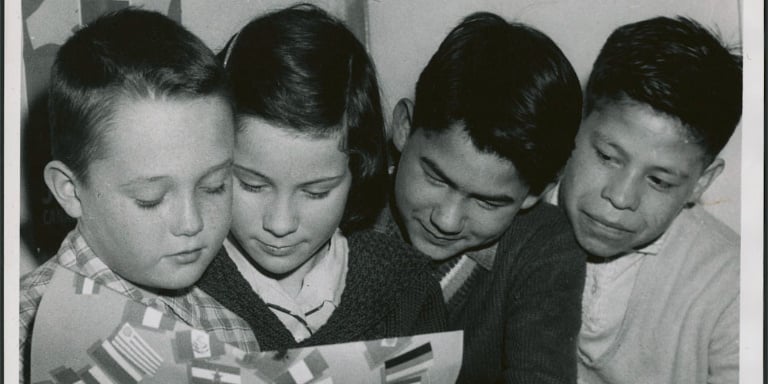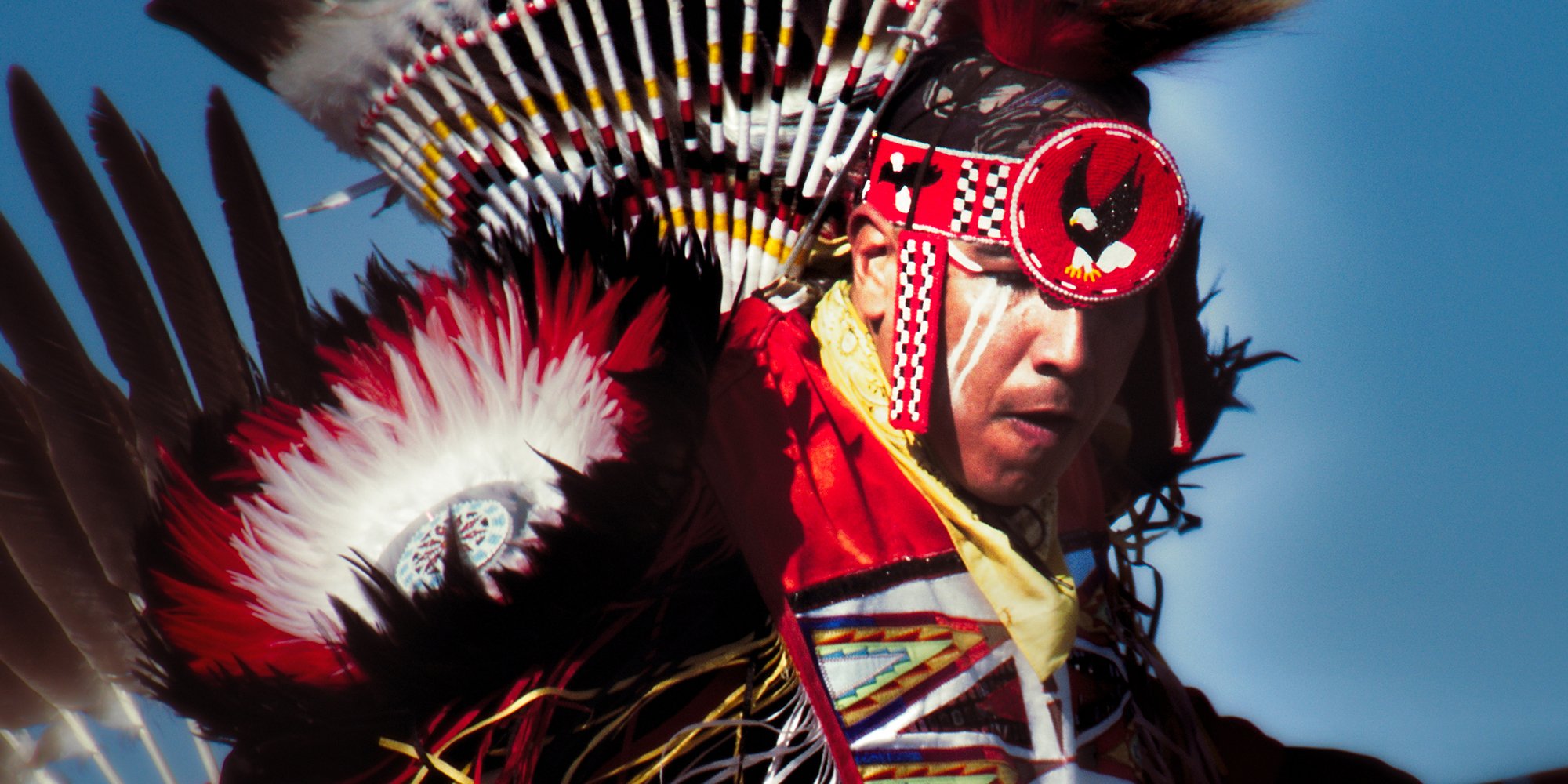Climate Change and Emergency Management for Indigenous Communities
The impact of climate change has been felt across Canada as unprecedented heat domes, atmospheric rivers, and forest fires ravage the landscape. It’s...

The worldview of many Indigenous Peoples includes the principle of connectivity - that everything in the universe is connected. The spirit world is connected to the mortal world, the sea is connected to the land, and the sky is connected to the ground. Connectivity explains the connection people have to their communities, their traditional territories, and the ecosystem on those lands.
When listening to a news item about a remote Indigenous community that is struggling with ongoing water advisories, unhealthy housing, subpar education, unemployment, and the tragedy of losing members of the community to suicide you might have asked yourself “why don’t they just leave?” They don’t leave because, despite all of the above, which isn’t a comprehensive list, the connection to community and land ties them to their culture, their ancestors, their history as well as all the animals, and plants that live on that land. To really understand how deeply important that connection to land and culture is, you have to look at Indigenous Peoples through the lens of history since confederation (1867) and their fight to protect their culture, their traditions - their very existence - in the face of crushing government policies designed to erase them via assimilation.
Understanding the concept of Indigenous connectivity is also key to understanding what influences and drives the decision-making process for many Indigenous communities, particularly decisions related to land use. In terms of resource development, a non-Indigenous proponent will likely look at a cut block or a valley in isolation from its surroundings and will expect discussions with the community to be about that one area. The Indigenous community, on the other hand, will look at that cut block as being connected to the whole area and will consider the cumulative effects on the whole area of removing the trees and putting in roads in that one cut block. The proponent will be making decisions based on forestry profitability but the community may be looking at the cut block in terms of fish, and how close to the river the cut block will be. They will be frustrated if an area is singled out for discussion.
Another aspect of connectivity and decision-making is the long-range view. Decisions are not made in the moment, for the immediate future. Decisions are made with consideration of their impact on the next seven generations - the Seventh Generation Principle - and to honour those who came before.
One of the tips I give in my training is to be aware that Indigenous Peoples may use the Connectivity Principle when you are speaking with them. Try not to frustrate or belittle the people by ignoring the principle by saying “we are only here to deal with one issue.” Try to understand and respect this important principle whenever possible.
If you’re having trouble with the connectivity concept envision a circle. There is no end, no beginning. Then think of the frequency of the circle in Indigenous culture - the medicine wheel, the circle of life, the talking circle, the healing circle, the circle of seasons, dances move in a circle, drums, tipis, and sweat lodges are all circular.
The connectivity principle underpins the spiritual, social, cultural, and economic nature of Indigenous decision-making.
Featured photo: Unsplash

The impact of climate change has been felt across Canada as unprecedented heat domes, atmospheric rivers, and forest fires ravage the landscape. It’s...

The term “Sixties Scoop” refers to the period from 1961 through to the 1980s that saw an astounding number of Indigenous babies and children...

Indigenous awareness is a broad term – I know because my onsite and public workshops are dedicated to helping people understand the full extent of...